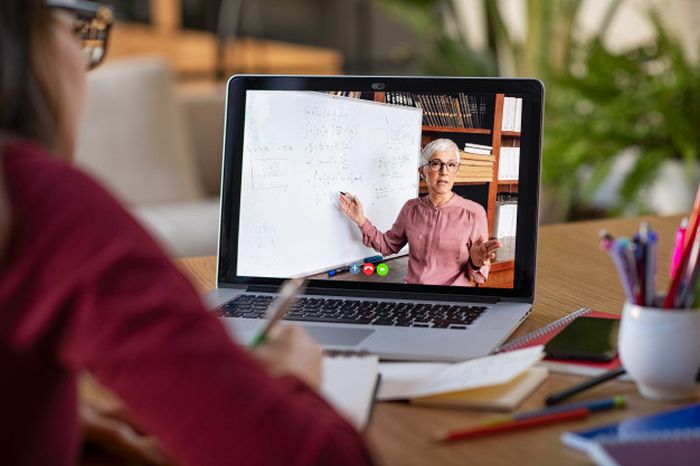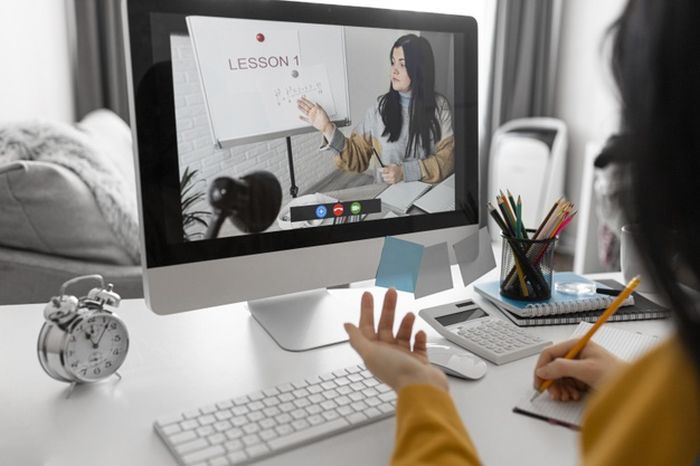
It is well known and researched that virtual classes provide some attractive benefits over face-to-face classes. However, virtual courses can significantly benefit your digital learning experience by bringing it back in a way in which other learning interventions do not. With the current Covid-19 pandemic face-to-face, learning has been suspended (to curb the spread of the deadly virus); this restriction leaves learners, tutors, coaches, trainers, mentors, and experts to employ the virtual classrooms.
However, delivering content virtually rather than physically is essential; for instance, it will aid access to a dispersed audience, a very cheap learning mode. You can record the session or archive for later reference and many more.
There are many virtual Classes platforms, so selecting the best medium will favour both sides (the tutor and the learner). Recent research done has it that Kaltura is the most used platform since it is available worldwide. But the fact is that running a virtual classroom is not an easy thing to master.

The line distinguishing the face-to-face pedagogy and virtual education are not stark as many think. Several colleges have opted to introduce online learning through various mediums such as chat rooms and video conferencing. The world is moving ahead with the formation of a single worldwide college. As the two forms of learning merge, you will understand the role and responsibility of online learning to be important in learners attaining good grades in education.
If you are a beginner at virtual classes, you should start at a slow pace. You might be hesitating about it being the last time, but do not worry. It highly recommended that you begin your classes within the office hours, then advise to maybe one or two hours and then gradually add the time you spend.
Below are highlighted top 5 tips for running a successful virtual classroom.
1. Plan Your Session
It is essential to plan your session in time, start with your learning objectives, try and be clear on the session’s goals you are about to take. By doing this, you will focus on your preparation, materials needed for the session and the session itself.
2. Design for the Medium to Use

Effective delivery of the information you have depends on the medium you choose. Ensure your students obtain the top-notch experience anyone can provide since the virtual classroom is entirely dependent on technology; contact developers and programmers to develop a reliable channel for you. Ensure your medium is continuously updated to the latest technology. Before going live, ensure you checked all the hardware and software to prevent break-down during the class, which leads to unnecessary inconveniences. When determining online learning to be the way to go, use a medium that will accommodate many people. Learn of the medium options and tools that will help you enhance good communication and content delivery to the learners.
3. Prepare and know Your Audience
Most students experience a hard time with virtual classes due to digital illiteracy, autonomy, and sometimes time management. It is essential to prepare your audience to use the tools through emails reminding the audience to get and assemble relevant class materials. Remind them to test if their headphones are working effectively. Sometimes it is essential to know your audience, try and know your audience in-depth, and improve your delivery. This can be aided by the use of reminder emails and join instruction. For your virtual classroom to be a success, establish your learners’ anticipation and clearly distinguish face to face learning and online education.
4. Let Your Audience Know You

It is of great importance to let your audience knows you to build a conducive study environment. Start your session by introducing yourself to create confidence in peer communication with your students. Don’t forget your background; you can also attach your photo, enabling your audience to visualize who you are. Create trust and rapport with the audience; this makes them comfortable being guided by you as a guru. When a virtual classroom creates frequent and comprehensive interactions among the learners and between the instructor and the students, a friendly environment is developed and improves the learners’ triumph.
5. Engage Your Audience
Interaction is a critical factor for learner’s success in virtual classes’; research has found that social interaction and instruction are essential to learning success. Don’t just run an online lecture without involving your audience; try and employ hand-raising tools, chats and question throughout the session. To some point, this will make your audience to be attentive and engaged. There should be an opportunity for spontaneous interaction for a range of between four to five minutes, and when you pose your question, you should remind learners what features to use to respond and how to access them in their dashboard.
6. Make Good use of the virtual environment

The virtual classroom offers peculiar features that face-to-face pedagogy cannot provide. Data on resources provided for the school can be easily monitored for you as an instructor to know which student accessed the files and which did not. The data also keeps track of the students’ performance and offers different ideas on how to improve the specific students’ performance. You can also personalize learning and make it effective in various learning methods, including students with special needs. You can also use multiple features present in virtual learning to motivate the students. Praise your learners by using emojis on the whiteboard whenever they do good things to form their character and make them always interested.
7. Assess The Progress
Look at the previous session, evaluate your progress, and measure the success of the current session. This will enable you to know whether you are delivering or not; you can follow up with an online quiz to maintain the learning process.
Online learning stands a chance to change the way people and various organizations deliver content. Many technology developers and stakeholders are showing interests in virtual education. Statistics have shown that virtual learning will soon provide content for a classroom and deliver it worldwide.
















